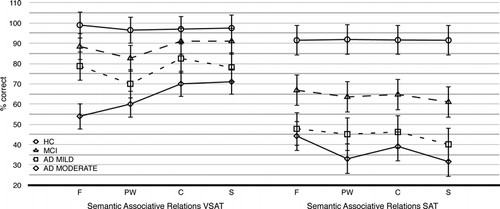Figures & data
Table 1. Standardized neuropsychological battery.
Figure 1. Example of an item on the Semantic Association Task (verbal form). Stimuli shown are words. The target is shown in two modalities (word and photo) to allow for double access to the information. In this example, participants had to pair the target (e.g., crocodile) with his class membership (e.g., reptiles).
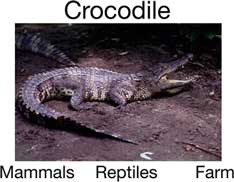
Figure 2. Example of an item on the Semantic Association Task (visuoperceptual form). Stimuli shown are colored drawings. In this example, participants had to pair the target (e.g., elephant) with his class membership (e.g., animals).
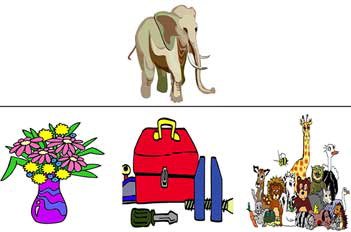
Figure 3. Mean (±SD) correct answers for the Semantic Association Task visuoperceptual (VSAT) and verbal (SAT) modalities. Differences were significant in mild cognitive impairment (MCI), mild Alzheimer disease (AD MILD), and moderate Alzheimer disease (AD MODERATE. ∗ps < .001. HC = healthy controls.
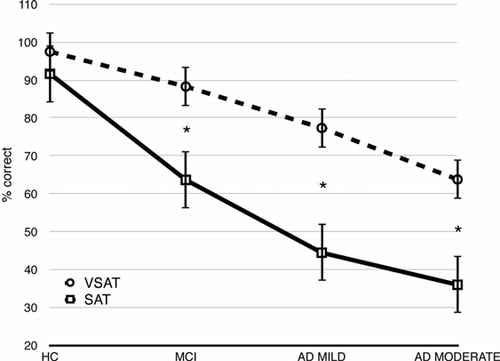
Figure 4. Mean (±SD) correct answers for the naming task and Semantic Association Task (SAT) in verbal modality. Differences were significant for mild cognitive impairment (MCI), mild Alzheimer disease (AD MILD), and moderate Alzheimer disease (AD MODERATE. ∗p’s < .001. HC = healthy controls.
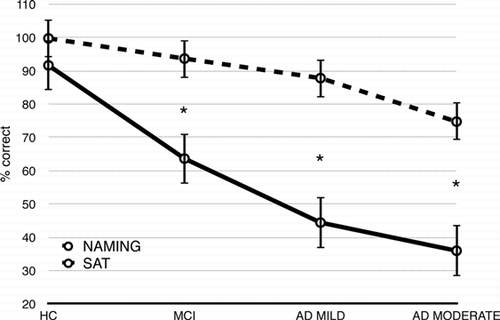
Figure 5. (A) Mean (±SD) correct answers for semantic associative relationships in the Semantic Association Task visuoperceptual (VSAT) modality. (B) Mean (±SE) correct answers for semantic associative relationships in the Semantic Association Task verbal (SAT) modality. Note. F = function relationship; PW = part/whole relationship; C = contiguity relationship; S = superordinate relationship.
